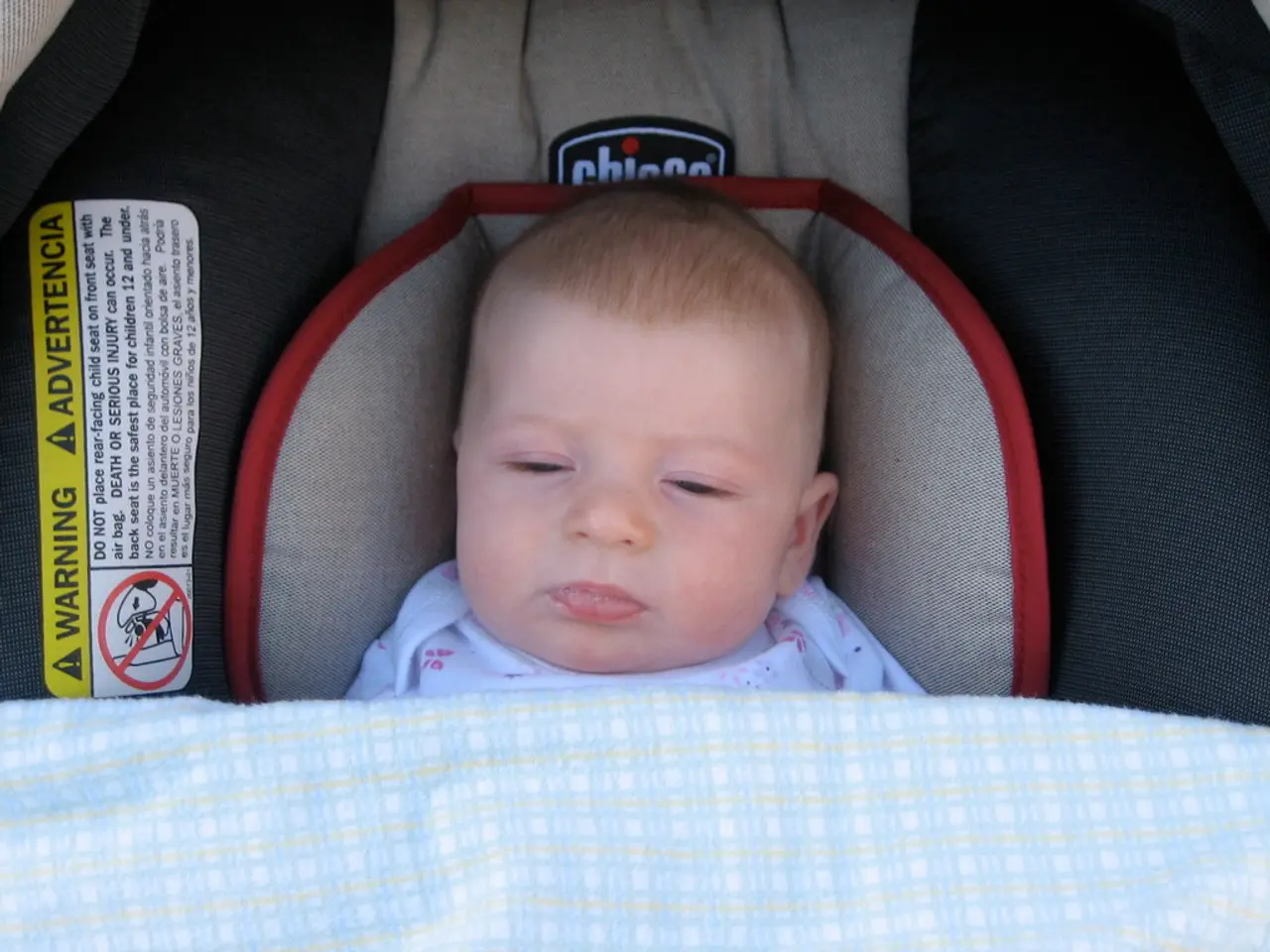Indications of Harmful Parental Actions
In a world where the safety and well-being of children should be paramount, it is essential for adults to understand the signs of physical, emotional, and sexual abuse. This article aims to provide a clear and concise guide on how to identify potential abuse and respond appropriately.
Physical Abuse
Physical abuse can leave visible signs such as unexplained injuries like bruises, burns, or cuts, especially in protected areas like the inner legs, arms, back, buttocks, and genitals. Injuries with patterns or those inconsistent with the child's developmental ability, such as immersion burns on a non-mobile child, are also indicative. Frequent injuries or repeated injuries appearing over older scars, avoidance behaviors like wearing long sleeves in hot weather to hide injuries, difficulty walking, and signs of pain are other red flags. Delay or refusal in seeking medical care for injuries should also raise concern.
Emotional Abuse
Emotional abuse is subtler but equally harmful. It involves depriving a child of positive interactions, such as not praising them when they do something well, and telling them they are unloved. Extreme behaviors like excessive crying, withdrawal, aggression, or running away, sudden changes in relationships with caregivers or other adults, signs of low self-esteem, anxiety, or depression, and neglect of emotional needs are common signs.
Sexual Abuse
Sexual abuse can manifest physically through signs like bleeding, bruising, irritation, or pain in the genital area. Unexplained sexually transmitted infections and inappropriate or secretive relationships with caregivers or adults are also indicative. Behavioral signs such as sexual knowledge inappropriate for the child's age, fear of certain people, or reluctance to go home, disclosure from the child about sexual activity or abuse, grooming behaviors or pressures to keep secrets or accept gifts are other signs to watch for.
How Adults Can Recognize and Respond
Adults play a critical role in protecting children. Look for the presence of multiple signs or repeated patterns rather than isolated incidents. Trust your instincts; unexplained or inconsistent explanations for injuries or behaviors should raise concern. Understand that the child may not disclose abuse directly due to fear or shame. Keep records of observations including dates, descriptions, and any disclosures made by the child. Respond supportively and calmly without pressuring the child to talk.
When you suspect abuse, report it to the appropriate authorities. This includes Child Protection Services or equivalent welfare agencies if the child is at risk or needs protection, the police especially in cases involving suspected sexual abuse or when criminal behavior is involved, and internal reporting lines within institutions (schools, childcare services) if applicable. Follow mandatory reporting laws that require professionals and community members to report suspected abuse promptly.
Adults can also help by being vigilant and aware, and by creating a safe and supportive environment for children. Help is available throughout the United States, and a teen, child, or concerned adult can report suspected abuse to their local child protective agency or contact Childhelp, a national organization that helps investigate and provide resources to abuse survivors.
By understanding the signs of abuse and taking timely, appropriate action, adults can help safeguard the safety and well-being of children. It is everyone's responsibility to protect our children from harm.
Read also:
- Explored the Popular Health Assessment with a Queue of 100,000 Aspiring Participants - Here's My Unadulterated Opinion
- Hearing impairment condition: Recognizing symptoms and management approaches
- Signs of Cataracts Emergence: Impact on Vision and Further Details
- Thyroid Cancer Type: Papillary (PTC) - Symptoms and Further Details





